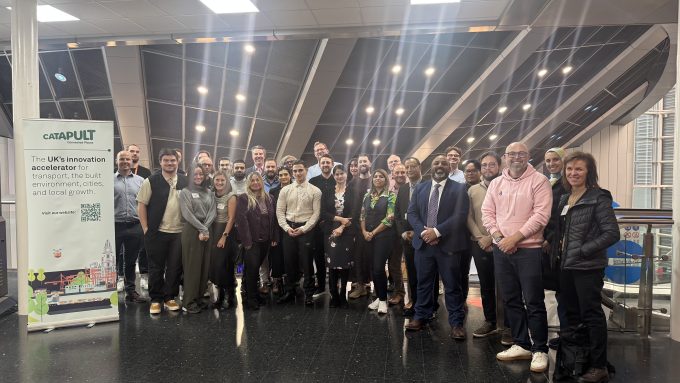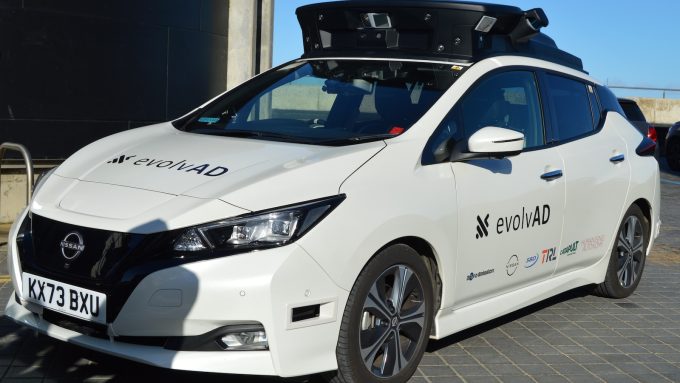88%
of passenger kilometres in Great Britain are made in private vehicles. highlighting the need for more sustainable and inclusive alternatives.
26%
Of UK greenhouse gas emissions come from the transport sector, higher than the energy sector
38%
Fewer trips taken by disabled people than non-disabled people in the UK, highlighting systemic accessibility challenges.





















